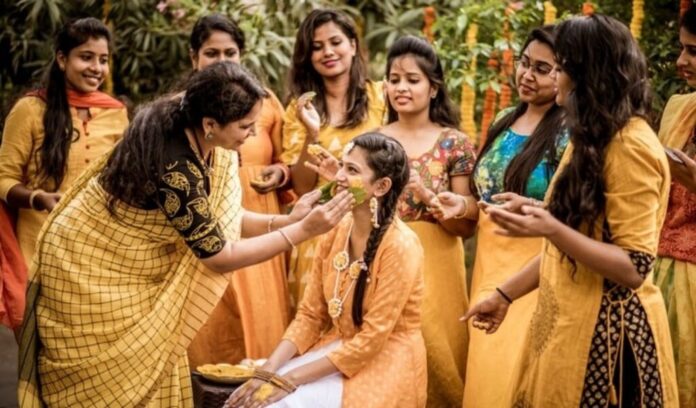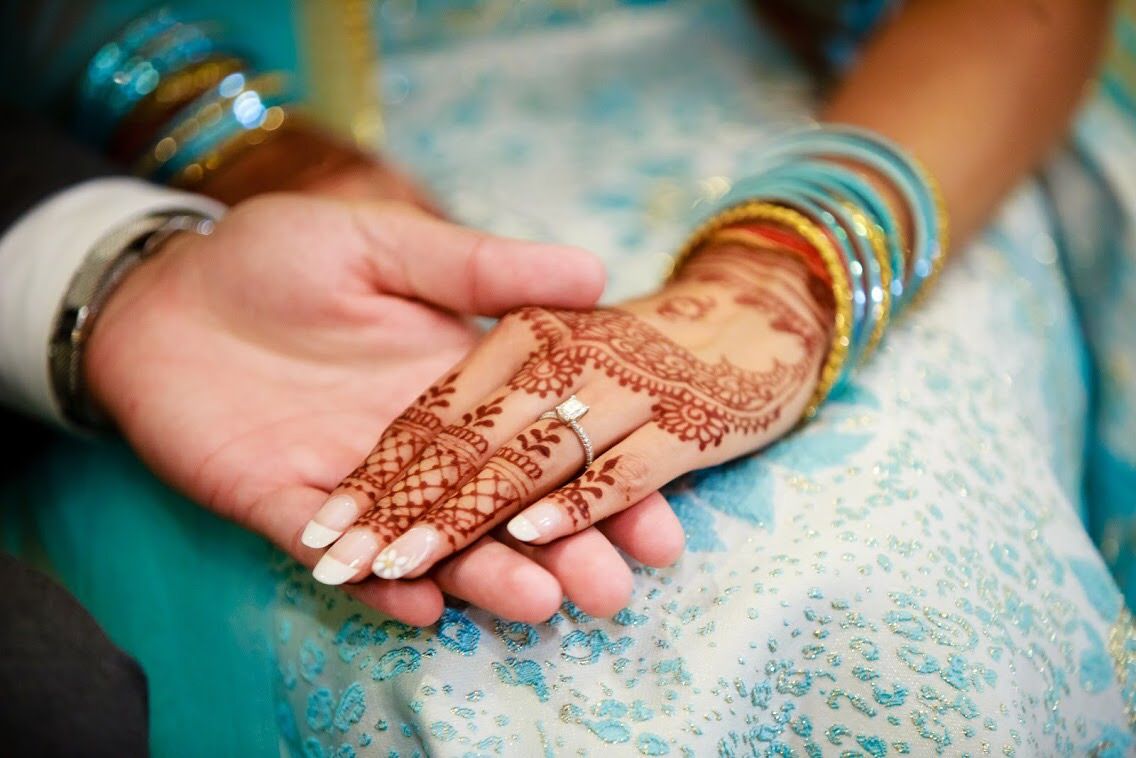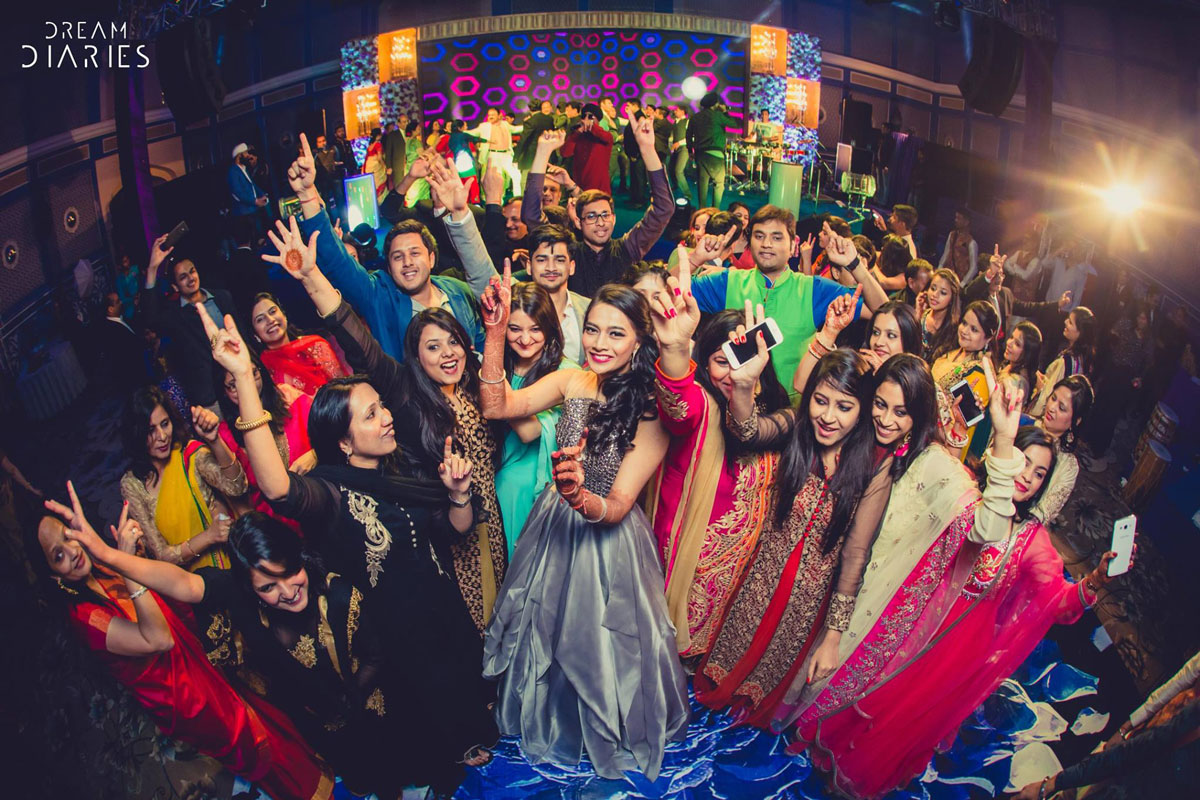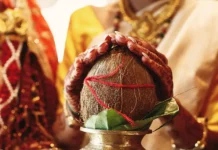Pre-wedding rituals carry a deeper meaning and are more than ‘just’ entertaining ceremonies. From food to entertainment, from clothing to flowers, there is much preparation and anticipation that revolves around a couple’s wedding day. In Hindu culture, some couples put just as much effort into their engagement and pre-wedding ceremonies. Note that not all Hindu couples participate in the same traditions—it is a matter of personal beliefs and preferences. For those that do, it is an elaborate, ritual-rich celebration that takes place before the wedding itself. Sometimes it is a large celebration with family and friends. While other times it is a small and intimate gathering. Wedding Affair presents some pre-wedding rituals that have a beautiful deeper meaning for the bride and groom.
Mangni
The mangni, as it is called in northern India, or nischitartham, in southern India, is the closest event to a western engagement party. After the groom’s father gets permission from the bride’s father to go forward with the wedding. The ‘wagdaan’ ritual may be performed so that the couple becomes formally engaged. The to-be-weds also participate in ‘lagna patrika’, which is a written vow to each other that the wedding will take place at a later date. These two are considered a formal announcement of the wedding, which will typically take place months later. This is also the wonderful phase when the couple exchanges rings. Marking the auspicious bonding of engagement.
Shanti Pooja
Days before the wedding, the couple will participate in a pre-wedding ceremony called the Graha Shanti. A ritual intended to bring peace, prosperity, and happiness to the couple. This ceremony begins with ‘haldi’, a purification ritual that involves the married female family members massaging the bride and groom with fragrant oils and ‘halad’, a mixture of turmeric, oil, and water meant to bless the participants. Next is the ‘muhurta medha’, a ritual in which the upcoming wedding day is formally declared, and ‘sankalpa’, which involves praying for blessings.
Mehendi
A ‘mehendi’ ceremony is a ritual traditionally reserved for the bride-to-be and her closest female friends and family members. The main focus of the event is the application of the bridal ‘mehendi’ to her hands and feet. The henna is a paste intended to temporarily dye the bride’s hands and legs in intricate designs. Some believe that darker the colour of the dried design or longer that it lasts on the skin before fading signifies how deep the groom’s love is. The ceremony usually takes place one day before the marriage will be held.
Kul Pooja
Most auspicious Hindu ceremonies involve a ‘puja’, which is a prayer rituals performed in praise of the home or family lineage deities. Both families are present and there is usually an exchange of various items and gifts, such as outfits and accessories. There are numerous pujas completed, and each has its own meaning and purpose. Typically, they serve to bless the upcoming wedding and marriage. After the pujas, the couple is officially pronounced bride and groom. Though they will not be married until several days later.
Sangeet
Traditionally, the sangeet ritual takes place after the ‘mehndi’ ceremony. The ‘sangeet’, which means “sing together” is essentially a pre-party for the wedding. Where family comes together to sing, dance, and celebrate the wedding festivities to come. It is typical for family members to break out a musical performance where the bride’s family performs for the groom’s family to welcome them.
To look & book wedding venues, vendors services, please log on to wedvendors.com












